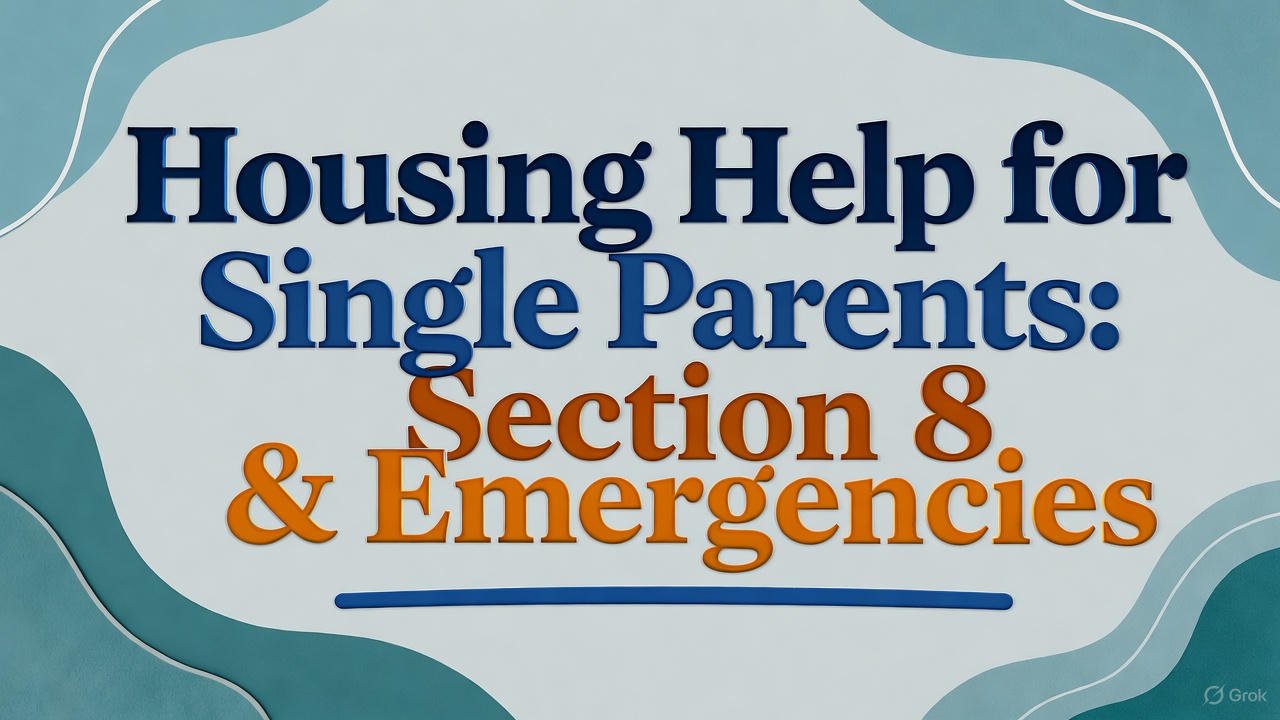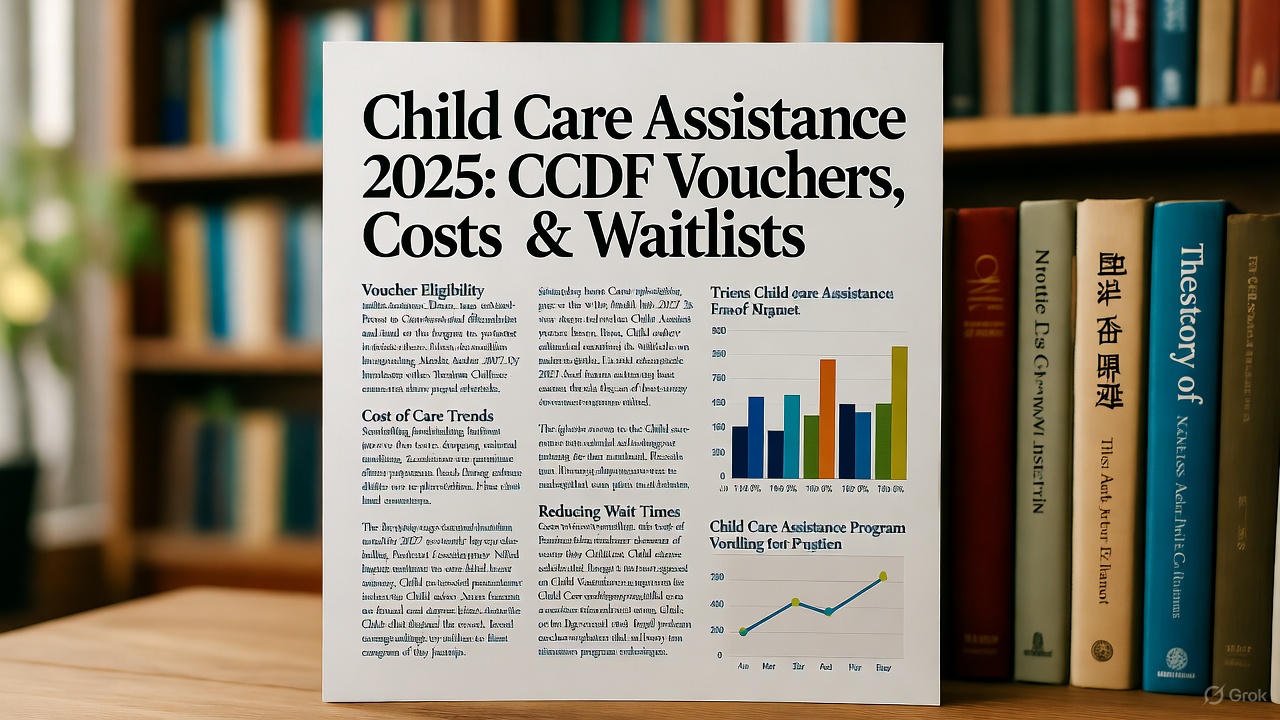SNAP for Single-Parent Households: What to Know Before You Apply
Your SNAP outcome hinges on three things: who’s in your household, what counts as income/resources, and how EBT benefits work at the store. Nail those up front and your application goes smoother—with fewer requests for more info. This guide gives single parents the plain-English version, with direct USDA references. Source: USDA FNS. Food and Nutrition … Read more










